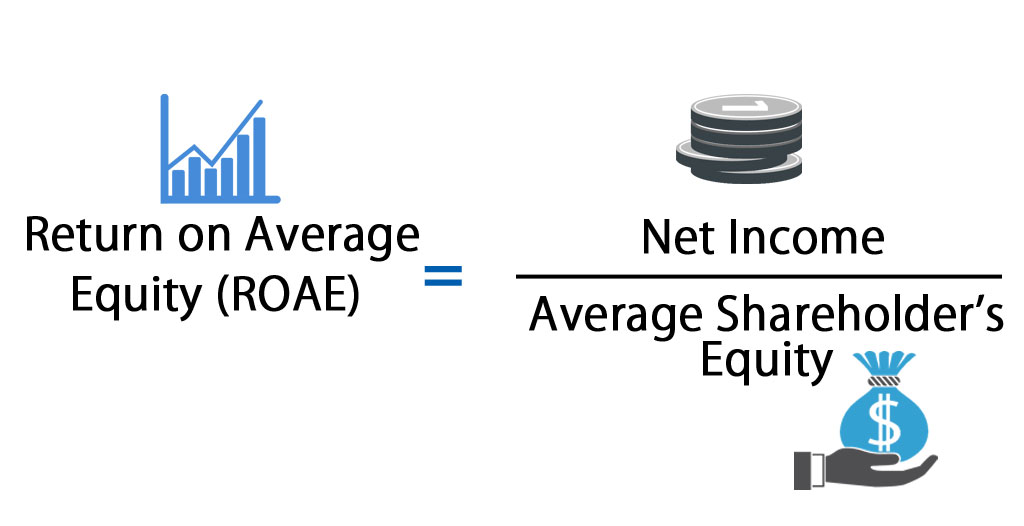

While an expense ratio is the amount that the fund company charges to run the mutual fund each year, turnover rates are the total number of transactions with the mutual fund holdings that happened over the course of a given year. Turnover rates are a little bit different than expense ratios but are still an important number to track. Using Turnover Ratios to Estimate Fund Quality This is why at Retirement Matters, our goal is to have you in a globally diversified portfolio for the lowest cost possible. The difference here is notable! When it comes to growing your retirement savings, trimming fees is a key part of keeping your earnings up as you head into this next chapter of your life. At the end of the 25-year investing period, you’d only have $260,000 in your nest egg after expenses. Now, imagine that $100,000 is subject to a 2% expense ratio. At the end of 25 years, you’ll have $430,000. You have $100,000 invested for 25 years, earning an average of 6% each year. Let’s take a look at an example from Vanguard(1): After all, 2.5% is a relatively small price to pay for a potentially high-performing mutual fund, right? The truth is that, as expenses slowly eat away at your earnings, you’re not just losing the percentage amount of the expense costs, you’re also losing all of the potential compound interest that those funds may have earned. That may not sound like a significant amount of your total retirement savings. Mutual fund expense ratios typically max out at 2.5%. The higher the fund costs are, the potential for lower returns for investors. Typically, to calculate a mutual fund’s expense ratio, you divide the total fund costs by the total fund assets.

But did you know that the expenses your mutual funds incur also compound to have an increasingly negative impact on your portfolio over time?Įxpense ratios are representative of what percentage of a fund’s assets are used to cover administrative and operating expenses. If you’re an investor, you know all about how your investments gain compound interest over time. This could result in a significantly smaller nest egg, and more financial stress as you head into retirement. High expense ratios and turnover rates may seem small when you originally invest, but they can slowly erode your returns over time. Unfortunately, many investors aren’t aware of how much money the mutual funds they’re using are losing each year. Even the smallest amounts can add up over time through compound interest. When you’re trying to grow your retirement nest egg, every dollar counts.


 0 kommentar(er)
0 kommentar(er)
